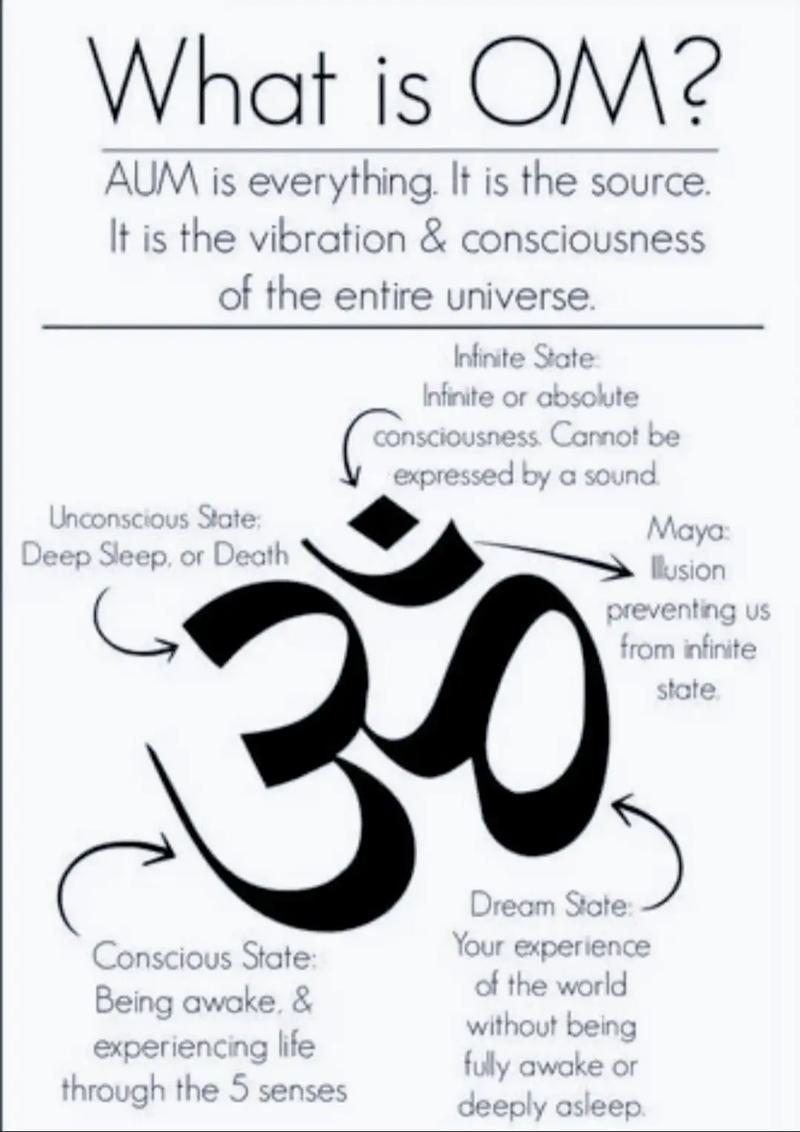Om Ah Hung Vajra Guru: A Comprehensive Guide
Om Ah Hung Vajra Guru is a term that holds significant importance in Tibetan Buddhism. It is a mantra that is believed to invoke the blessings and wisdom of the Vajra Guru, a central figure in the Nyingma tradition. This article delves into the various dimensions of Om Ah Hung Vajra Guru, exploring its origins, significance, practices, and the profound impact it has on the lives of practitioners.
Origins and Historical Context
The term Om Ah Hung Vajra Guru is derived from the Sanskrit language and translates to “Om Ah Hum, Vajra Guru.” It is believed to have originated in the 8th century during the time of Padmasambhava, also known as Guru Rinpoche, who is considered the second Buddha in the Nyingma tradition. Guru Rinpoche is revered for his teachings and his role in spreading Buddhism in the Himalayas.

According to historical records, Guru Rinpoche traveled to Tibet and established the Nyingma school of Buddhism. During his teachings, he revealed the Vajra Guru mantra, which is considered to be a powerful tool for meditation and spiritual transformation. The mantra itself is a combination of sounds that are believed to have originated from the sacred syllable “A,” which represents the ultimate truth and wisdom.
Significance and Symbolism
Om Ah Hung Vajra Guru holds immense significance in Tibetan Buddhism due to its profound symbolism and spiritual power. Each component of the mantra represents different aspects of the Buddha’s teachings and the path to enlightenment.
- Om: This syllable is considered to be the sound of the universe and represents the ultimate reality. It is believed to purify the mind and create a state of emptiness, allowing practitioners to connect with the divine.
- Ah: This syllable represents the Buddha’s teachings and the path to enlightenment. It symbolizes the wisdom and compassion of the Buddha and serves as a reminder to practitioners to follow the teachings.
- Hung: This syllable represents the Vajra, a symbol of indestructibility and power. It signifies the practitioner’s determination to overcome obstacles and achieve enlightenment.
- Vajra Guru: This term refers to the Vajra Guru, who is considered the embodiment of the Buddha’s wisdom and compassion. It represents the ultimate guide and protector on the path to enlightenment.
Practices and Rituals
Om Ah Hung Vajra Guru is a central component of various meditation and ritual practices in Tibetan Buddhism. Here are some of the key practices associated with this mantra:
- Meditation: Practitioners often recite the mantra during meditation sessions to invoke the blessings and wisdom of the Vajra Guru. The repetition of the mantra helps to focus the mind and cultivate a sense of inner peace and clarity.
- Mantra Recitation: Mantra recitation is a common practice in Tibetan Buddhism, and Om Ah Hung Vajra Guru is often included in the recitation sessions. Practitioners may recite the mantra silently or aloud, depending on their preference and the context of the practice.
- Chanting: Chanting is another important practice associated with Om Ah Hung Vajra Guru. Practitioners may chant the mantra in unison during group meditation sessions or during special ceremonies and rituals.
- Visualizations: Visualizations are often used in conjunction with the mantra to enhance the meditative experience. Practitioners may visualize the Vajra Guru or other deities associated with the mantra to deepen their connection with the divine.
Impact on Practitioners
The practice of Om Ah Hung Vajra Guru has a profound impact on the lives of practitioners. Here are some of the benefits and transformations that practitioners may experience:
- Emotional Well-being: The repetition of the mantra and the meditative practices associated with it help to calm the mind and reduce stress and anxiety. This leads to a greater sense of emotional well-being and inner peace.
- Intellectual Development: The mantra and the teachings associated with it encourage practitioners to cultivate wisdom and understanding. This leads to intellectual growth and a deeper understanding of the Buddha’s teachings.
- Spiritual Transformation: The practice of Om Ah Hung Vajra Guru is believed to facilitate spiritual transformation and the realization of enlightenment




